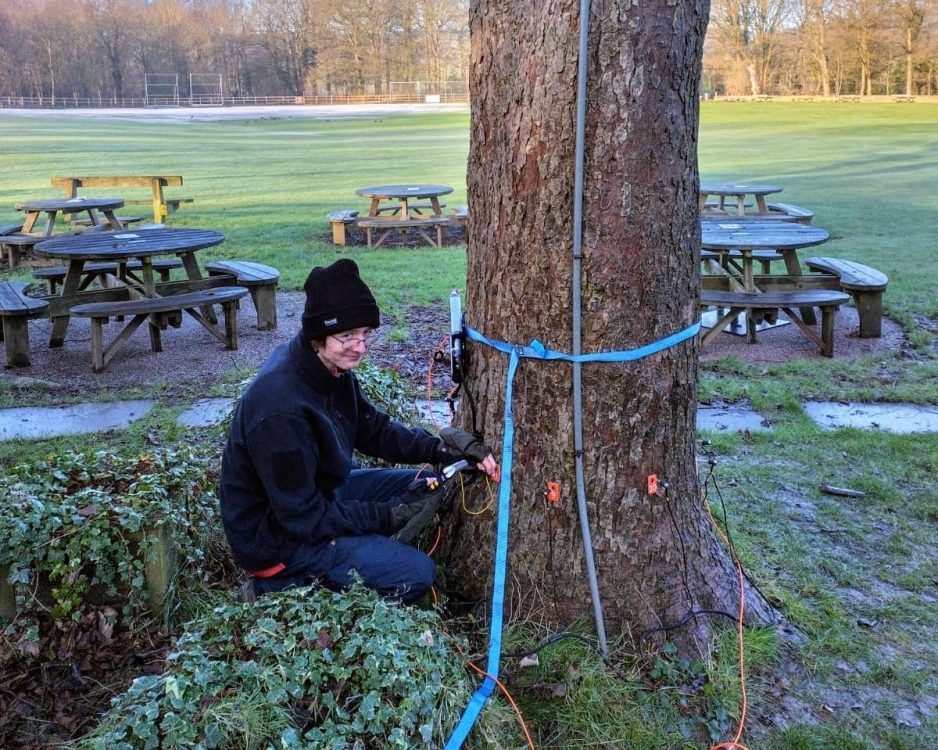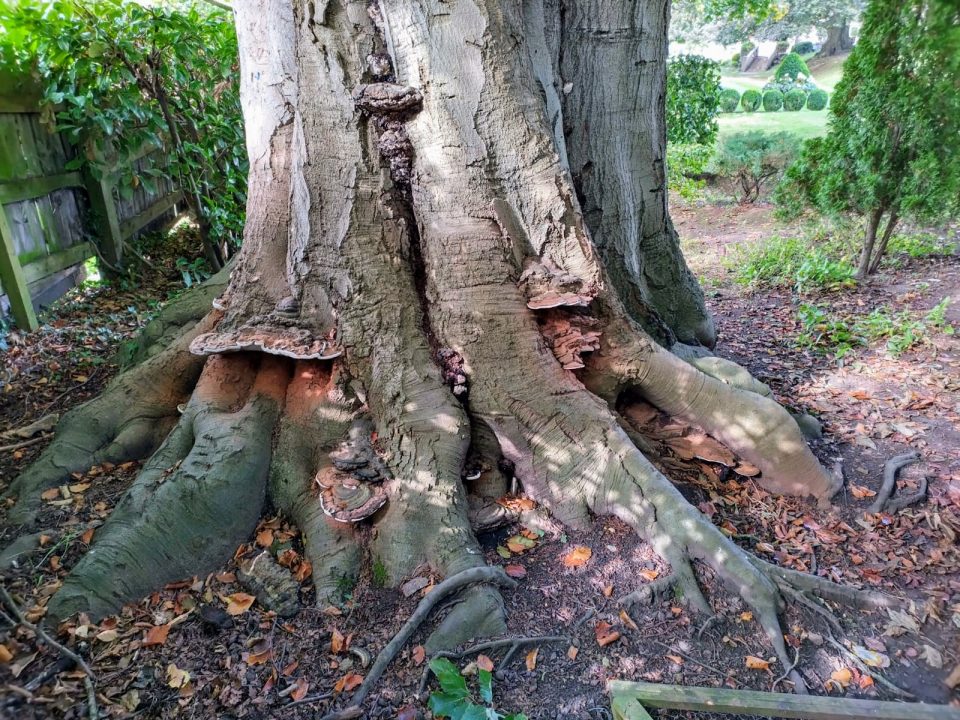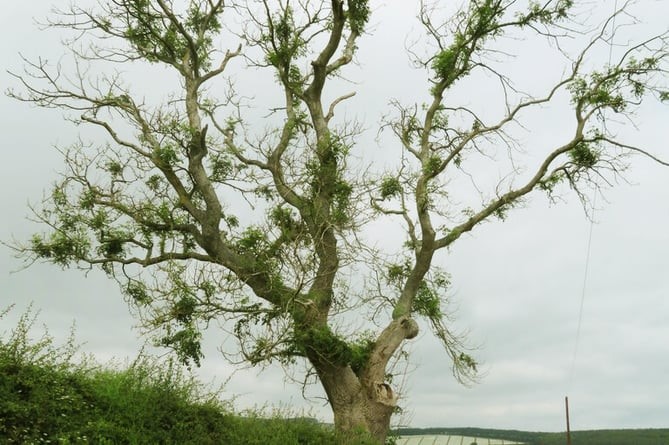
Sheffield Hanami
3rd May 2012Arboriculturist or Arboriculturalist?
31st May 2012Phoenix Park Combats the Canker
The Phoenix Park, Dublin, is a historic landscape of international importance and one of the largest designed landscapes in any European city. The Park extends to over 700 hectares with a tree population in excess of 20,000 trees. Woodlands and tree-dominated areas cover 31% of the Park. It is a highly important site for biodiversity, supporting 50% of all mammal species occurring in Ireland and 35% of bird species. Among the 351 different plant species to be found in the Park, there are three that are rare and protected.
The majority of the trees in the Park are over mature and losses due to storms, disease and old age have been replaced by an extensive tree-planting programme. In excess of 5,000 new trees including Ash, Oak, Lime, Beech, Horse Chestnut, Hawthorn and Sycamore have been planted over the last two decades.
Horse Chestnut trees account for 9% (1,800 trees) of the tree cover in the Park, the majority of which are mature trees, which form several important avenues. Park management observed a decline in a portion of these trees and Horse Chestnut bleeding canker was confirmed.
Following a tree survey of the entire Horse Chestnut population undertaken by the parks Arboriculture team, to assess the number of affected trees and the extent of the symptoms on individual trees, trials for possible treatments were undertaken.
I was lucky enough to be involved with the trials and spent some time last year in Dublin. My role was to treat a selection of the Parks trees with Allicin liquid, the stabilised natural garlic extract produced specifically for treating Horse Chestnut trees suffering from bleeding canker.
As highlighted in the video (you can see my hand at about 1.20seconds!), there were other trials being undertaken with different products and, from the video at least, the initial results seem positive, which is great news. Some of the most significant individual trees and avenues in the park are formed by Horse Chestnuts and their loss would be a major negative impact, so the effort to combat the canker is well deserved. On another hopeful note, anecdotally at least, it seems that some of the more vigorous trees can stay healthy even when surrounded by infected specimens, which hints that some trees may be naturally able to defend themselves against the canker. This could lead to longer term replanting solutions, as seen with the propagated elms from cuttings from just a handful of trees, apparently resistant to Dutch elm disease.




